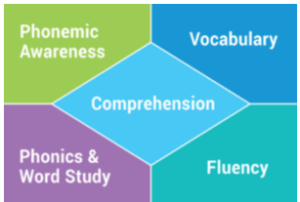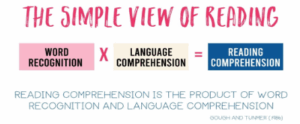The Science of Reading – Our approach to Literacy at St. Paul’s
The term “science of reading” refers to more than 20 years of research compiled and examined by experts. This research leads to scientific, research-based information on how children learn to read.
Based on the research, students need explicit instruction in the 5 pillars of reading: Phonological Awareness, phonics, fluency, vocabulary, and reading comprehension.
At St. Paul’s, the teachers build all five pillars of reading into their teaching with a specific and planned focus on phonics.
The Science of Reading is NOT just phonics. Emphasizing working memory, comprehension skills, auditory processing and strong links to writing are all part of instruction with the Science of Reading approach built into the Literacy curriculum at St. Paul’s .

At St. Paul’s, all staff have been trained in the philosophies of the Science of Reading. In the junior school (Foundation -Year 2), at least 50% of the reading instruction time is devoted to decoding, building vocabulary, and building comprehension. Significant funds have been invested into building resources to support our students in their learning, particularly with the purchase of decodable home readers for our Foundation students and Science of Reading toolboxes for all year levels.

At St. Paul’s, we implement structured 90 minute Literacy blocks to provide students with explicit and systematic instruction and practice with the following skills:
Oral language
Phonemic awareness
Phonics
Fluency
Vocabulary
Comprehension